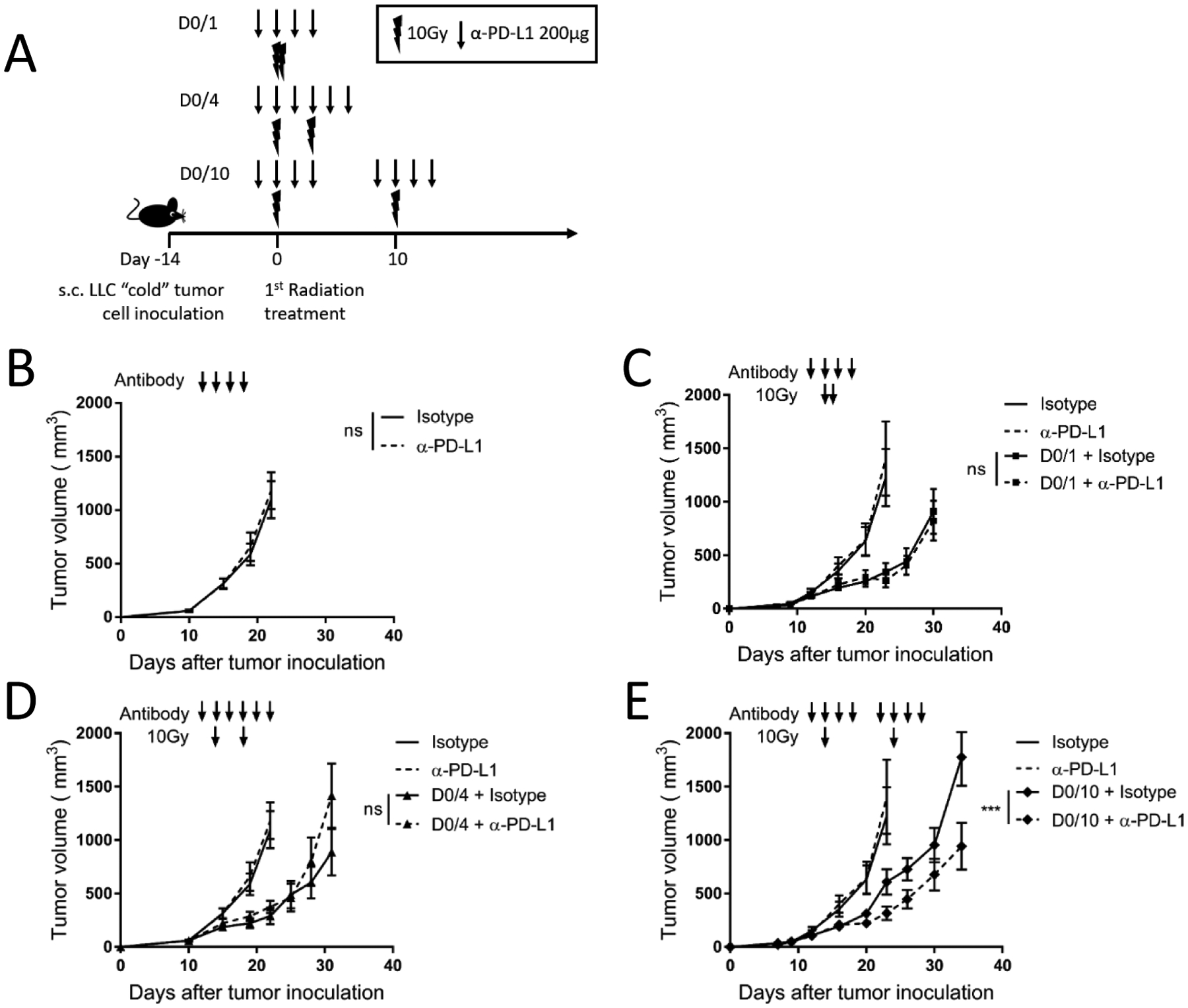Figure 4. Radio-immunotherapy pulses show synergistic antitumor effects depending on radiation dose and schedule in “cold” immune-resistant tumors.

(A) Diagram representing the treatment timeline for panels B–E. 1×106 LLC cells were injected subcutaneously (s.c.) in the right leg on day −14, and four different radiation schedules of two fractions of 10Gy were given either 0, 1, 4 or 10 days apart starting on day 0. α-PD-L1 (200μg) or isotype control (200μg) was given starting the day before each radiation dose and continuing for 2 doses after radiation. Arrow represents α-PD-L1 or isotype dose, lightning bolt indicates radiation dose. N = 8 or 9/group, one of 2 independent replicates.
(B) C57BL/6 mice (n=8 or 9/group) were inoculated s.c. with 1×106 LLC cells in the right leg and treated with either isotype or α-PD-L1 antibody (200μg) as described by the arrows above the growth curve. Tumor volume was measured, and the results are presented as mean ±SEM, ns not significant.
(C–E) Mice were treated as described in (A) and as shown with arrows above the tumor curves. The same isotype control mice are shown in each panel for relative comparison, as all tumor curves in these panels were collected in the same experiment. Tumor volume was measured, and the results are presented as mean ±SEM, IR irradiation, ns not significant, ** p < 0.01, *** p < 0.001. (B–E) data are representative of two independent experiments.
